12 Minutes
The Evolution of Autonomous Driving in the Automotive Industry
For decades, the car industry has been on a relentless quest for innovation, with advanced driver-assistance systems (ADAS) rapidly transforming modern vehicles. From early cruise control to intricate safety tech, the automotive world is now accelerating toward a revolution: true autonomous driving. Six grades—defined by the globally recognized SAE J3016 standard—categorize this journey, with SAE Level 3 (L3) marking the threshold into actual vehicle autonomy.
While SAE Levels 0 through 2 (L0-L2) are considered driver-support technologies—where the driver remains in charge—SAE Level 3 introduces conditional automation. As of 2025, only a select number of automotive manufacturers have successfully brought Level 3 autonomous vehicles to public roads. Localized robotaxi fleets like Waymo operate at even higher autonomy (Level 4+), but for consumer vehicles, Level 3 is the crucial, if complicated, next step.
Why Level 3 Matters: The Critical Transition to Self-Driving Cars
The move from Level 2 (partial automation) to Level 3 (conditional automation) is much more than just a technical upgrade—it’s the first significant leap toward true self-driving capability. Level 3 systems can control steering, acceleration, and braking in certain conditions, allowing drivers to disengage hands and eyes from the driving task under specific scenarios. However, drivers must remain ready to take the wheel when the system requests intervention, especially in complex or changing environments.
This delicate balance between automation and human supervision—complicated by regulatory, legal, and technical hurdles—has made commercial rollout of SAE L3 driving suites challenging. Many governments, notably the US and EU member states, are proceeding with extreme caution due to uncertainty over liability in accidents involving autonomous systems. Litigation risks, and the threat of massive recalls or bankruptcy, have kept most automakers from aggressive Level 3 deployment. The result: L3 systems today are geographically—and even climatologically—restricted, often limited to certain roads, weather, and operating speeds.
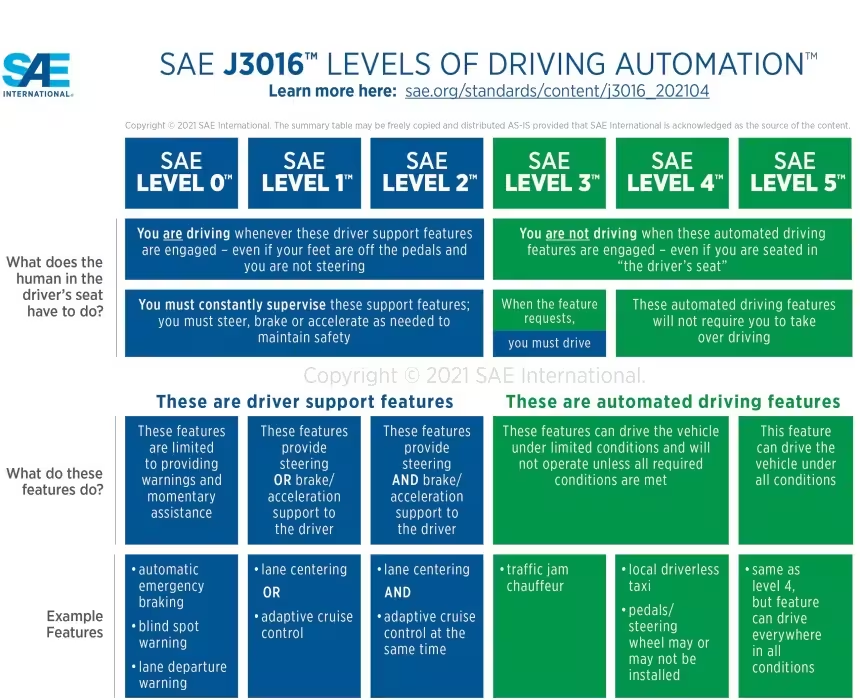
Commercially Available Level 3 Autonomous Systems
Honda SENSING Elite with Traffic Jam Pilot
Honda was the first car manufacturer to mass-produce and certify an SAE Level 3 autonomous passenger car. This landmark technology was showcased in the 2021 Honda Legend Hybrid EX, equipped with the exclusive SENSING Elite suite and Traffic Jam Pilot—a system officially approved by Japan’s Ministry of Land, Infrastructure, Transport, and Tourism.
SENSING Elite uses an array of cameras, radars, and LIDAR, linked with a high-precision GNSS and a sophisticated driver monitoring camera. In traffic jams under 30km/h (19mph), the car autonomously controls speed, distance, and steering, and can initiate hands-off driving, including Adaptive Lane Change and automated stop-start driving within the lane. Emergency Stop Assist ensures the vehicle halts safely if the driver is unresponsive, activating hazard lights and the horn to alert others.
Sadly for global enthusiasts, commercial production was limited to just 100 units for lease in Japan, and the discontinuation of the Legend in 2022 left the system without a current platform. As of now, no other Honda or Acura models globally feature Level 3 autonomy.
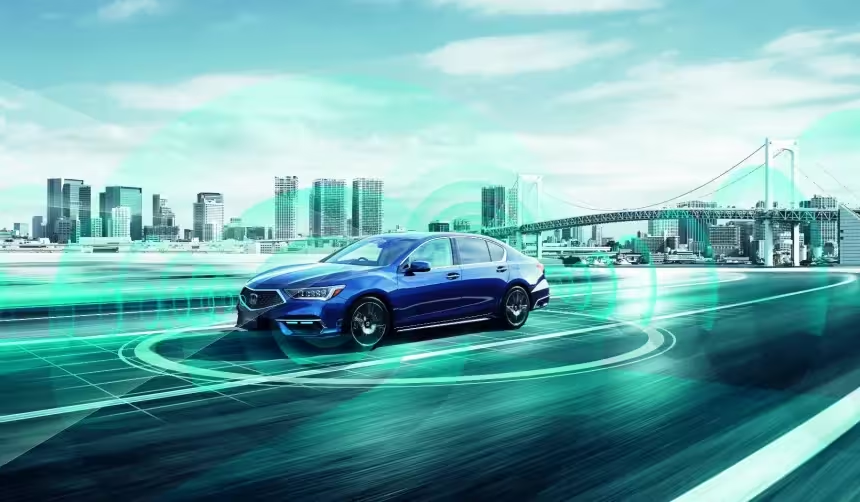
Mercedes-Benz DRIVE PILOT
Mercedes-Benz has established itself as a leader in the autonomous driving space with DRIVE PILOT—currently the most accessible Level 3 system available to consumers in Germany and select US markets. Offered on the flagship EQS Sedan and the iconic S-Class, DRIVE PILOT enables conditional hands-off driving at up to 95km/h (59mph) in Germany’s dedicated autonomous highway zones.
US customers, for now, can access DRIVE PILOT (via subscription) in California and Nevada, where the system works on mapped highways in heavy traffic at up to 64km/h (40mph). DRIVE PILOT-equipped vehicles are distinguished by uniquely colored turquoise lights, designed to comply with SAE J3134 guidance for automated vehicles. As standards progress, Mercedes-Benz is adapting DRIVE PILOT’s software to pave the way for higher-level (L4) automation in the future.

BMW Personal Pilot L3
BMW’s Personal Pilot L3 is the latest addition to the Level 3 club, debuting for the seventh-generation 7 Series (G70) luxury sedan in Germany only. With technology split across Highway Assist (L2) and Personal Pilot (L3), the system allows full hands-off and eyes-off operation up to 60km/h (37mph) on designated motorways. BMW leverages robust 5G connections to ensure responsiveness, especially during slow-moving traffic and congestion.
A key convenience: drivers can focus on in-cabin activities, such as reading or watching videos, while Personal Pilot L3 is active—provided they stay alert enough to resume control if needed. For higher speeds, the system reverts to Level 2 autonomy, with advanced lane change and monitoring features handled by Highway Assist technology.
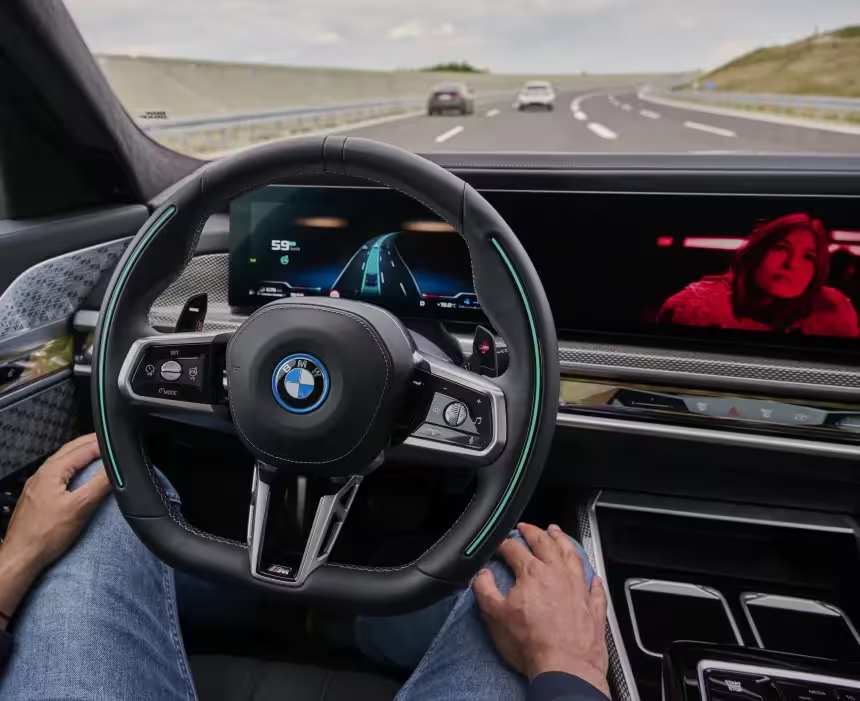
Upcoming and Developing Level 3 Autonomy Suites
Stellantis STLA AutoDrive
Stellantis is actively developing STLA AutoDrive, a modular system designed to deliver both Level 2 and Level 3 features, with the flexibility to expand capabilities over time. At initial launch, STLA AutoDrive targets L3 hands-free operation up to 60km/h (37mph), with ambitions to reach 95km/h (59mph). Showcased on the all-electric Jeep Wagoneer S, this cutting-edge platform promises to eventually enable automation in a variety of driving scenarios, including off-road and highway. Stellantis has yet to specify launch dates or which brands (beyond Jeep) will gain access.
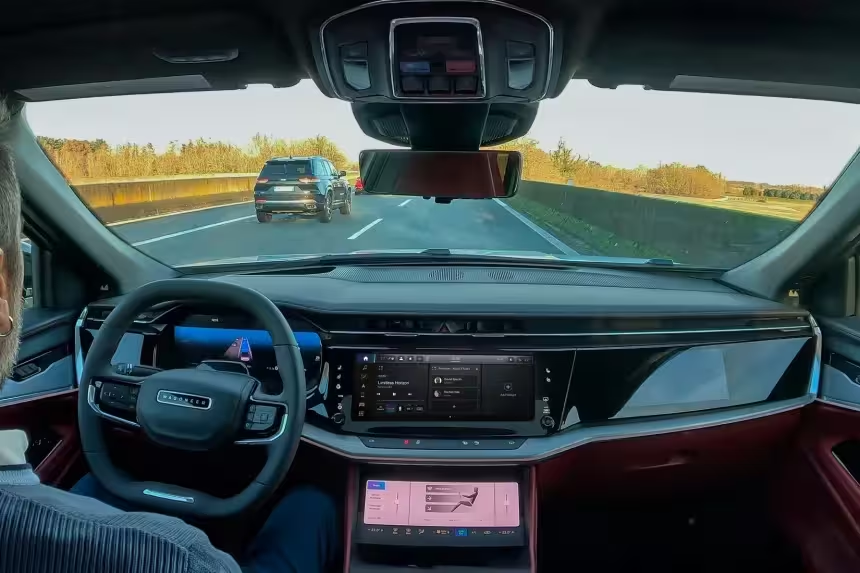
GM Super Cruise
General Motors’ Super Cruise began as a Level 2 driver assistance package—launched with Cadillac CT6 in 2017—before evolving with Ultra Cruise. Recently, GM opted to consolidate Ultra Cruise into the Super Cruise brand, bringing clarity and a unified roadmap toward Level 3. Drawing on technology from the now-closed Cruise LLC, GM is aggressively upgrading Super Cruise for L3 operation, with potential availability on more than 20 models (including Cadillac Escalade, Silverado EV, and other GM vehicles) by 2025–2026. The road network for Super Cruise is rapidly expanding, aiming for 750,000 miles in North America alone by the end of 2025, supported by Dynamic Map Platform’s high-definition mapping.
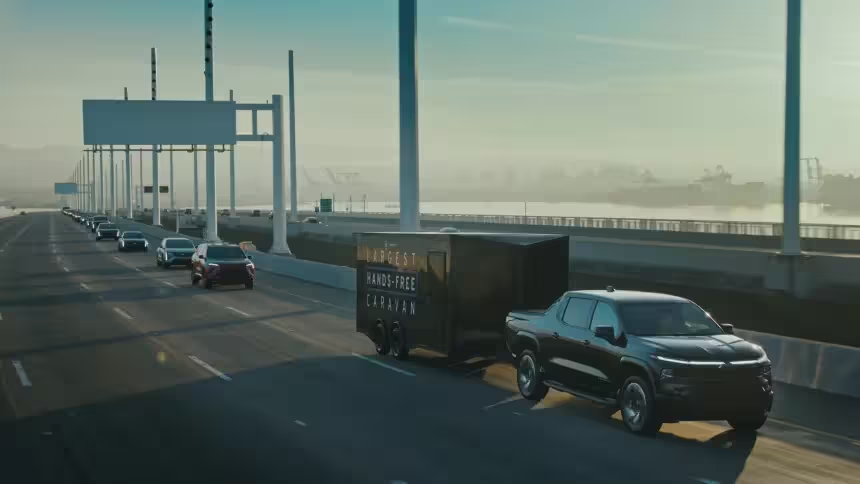
Ford BlueCruise
Ford’s BlueCruise currently rivals GM’s Super Cruise at Level 2+, allowing hands-free highway driving on 130,000 miles of mapped North American highways—referred to as Hands-Free Blue Zones. With version 1.5 now bringing automatic lane changes to new Mustang Mach-E models, and improved ADAS hardware, Ford projects Level 3 autonomy (at up to 129km/h, or 80mph) will be ready by 2026. BlueCruise is available as a subscription or one-time purchase across popular Ford models, ensuring wide market accessibility.
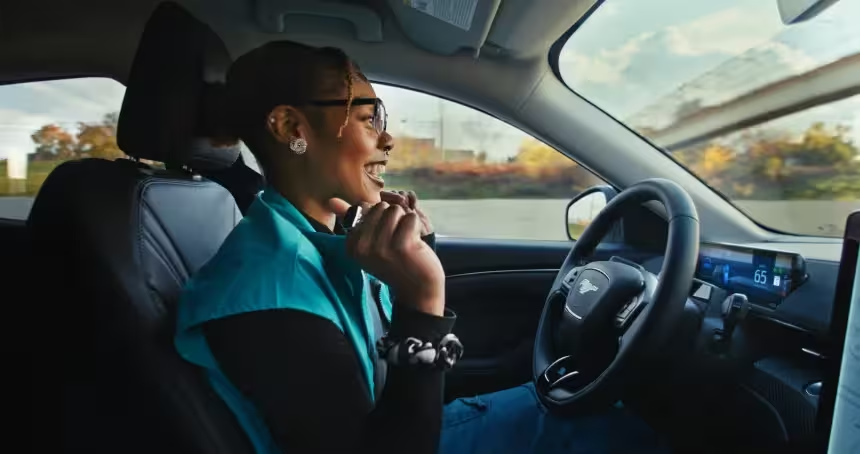
Rivian Autonomy Platform
Rivian plans to introduce SAE Level 3 functionality on its Autonomy Platform+ in 2026, specifically for its next-gen R1T and R1S models. The platform is divided between the advanced Driver+ system (L2) and the broader capabilities of Autonomy Platform+, which already features Enhanced Highway Assist and Lane Change on Command. Rivian’s approach strongly resembles Tesla’s, relying on a suite of cameras, radar, and ultrasonic sensors—signaling possible L3 readiness. For Level 4, integration of LIDAR may follow.
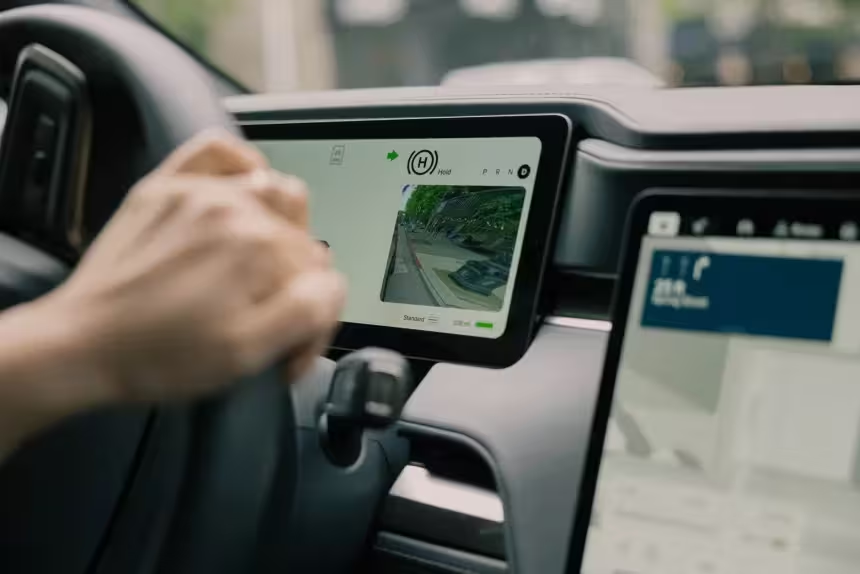
Tesla Full Self-Driving (FSD)
Tesla’s approach to autonomous driving is bold yet controversial. Its Autopilot and Full Self-Driving (FSD) packages have long promised more than their official Level 2 status. After recent rebranding to Tesla Full Self-Driving (Supervised), the system is slated for Level 3 certification in the second half of 2025. However, Tesla’s timeline and technical readiness are under scrutiny, especially as the FSD suite requires Hardware 4 or higher (older vehicles may require paid retrofits up to $3,000). Tesla is already testing even newer Hardware 5 in development vehicles, signaling ongoing advances—but also uncertainty over when and how widespread true L3 capabilities will become.
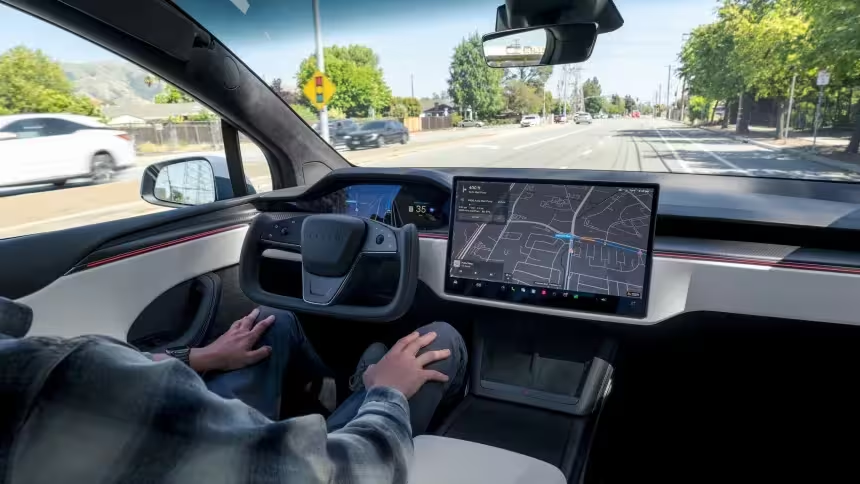
Volvo Ride Pilot
Volvo’s Ride Pilot—developed in partnership with Luminar and Zenseact—was introduced in 2022 and is on track for SAE Level 3 certification. Debuting with the all-electric EX90 SUV, Ride Pilot aims to eventually replace Volvo’s Level 2 Pilot Assist system. Test deployments are underway in California, leveraging both US and Chinese data (thanks to Volvo’s Geely partnership) to refine performance for global markets. Ride Pilot will be offered via subscription, complementing Volvo’s broader focus on adaptive, subscription-driven features.
Key Features, Market Impact, and Design Philosophies
Technical Specs and Sensor Arrays
Most Level 3 autonomous driving systems integrate a combination of LIDAR, radar, high-resolution cameras, ultrasonic sensors, and sophisticated mapping data. 5G connectivity and cloud integration enhance real-time updates and responsiveness. While some, like Tesla and Rivian, initially prefer camera-based approaches, other OEMs (Honda, Mercedes-Benz, Volvo) embrace a sensor fusion model for redundancy and reliability in challenging conditions.

Design & Interior Innovations
L3 cars often feature next-gen digital cockpits that support expanded infotainment use—movie streaming, document editing, and internet browsing—while drivers are temporarily relieved of tasks. Robust driver monitoring ensures safety, prompting automated hand-back when the tech reaches its system limits. Exterior design nods to autonomy include unique lighting, sensor pods, and distinctive badging, hinting at the advanced tech within.
Performance and Safety Metrics
Level 3’s key performance differentiators are its ability to handle dynamic traffic, detect obstacles, and execute smooth acceleration, braking, and steering through AI-driven algorithms. Emergency stop protocols, automated lane keeping, and stop-and-go traffic mastery mark core advantages, alongside rigorous driver handoff procedures to mitigate risks. Regulatory validation (especially in Japan, Germany, and select US states) demonstrates real-world safety relative to human drivers, setting a foundation for future Level 4 and Level 5 rollouts.
Market Positioning and Global Availability
Current Level 3 adoption remains limited by geography, legal clarity, and price premiums. Systems like Honda SENSING Elite and BMW Personal Pilot L3 are presently locked to specific models and markets—often at significant additional cost. In contrast, GM and Ford appear poised to democratize Level 3 through broad platform integration and aggressive mapping expansion. Volvo and Tesla, meanwhile, look to subscription models and OTA (over-the-air) updates for scalable global availability.
Comparisons and the Road Ahead
When comparing Level 3 systems, ease of use, supported driving scenarios (urban, highway, traffic jams), system reliability, and customer upgrade options distinguish the leaders. Mercedes-Benz and BMW emphasize luxury and seamless integration, while GM and Ford target volume markets with broader highway support. Tesla’s camera-centric, software-first approach stands in contrast to the multi-sensor strategies of its rivals, illustrating the diverse evolutionary paths toward full autonomy.
The Future: From Conditional Automation to Full Autonomy
The pursuit of self-driving cars doesn’t stop at Level 3. The next step—Level 4—will introduce true autonomous operation in geofenced environments, such as city taxi fleets or dedicated highways. And Level 5 autonomy, the ultimate goal, promises vehicles with zero need for human oversight in any environment. Each automaker’s real-world data, sensor strategy, and regulatory navigation will determine who leads the transition to a driverless future.
For car enthusiasts and everyday drivers alike, the progress of Level 3 autonomous vehicles signals an era where intelligent, self-driving cars aren't just speculative fiction—they’re on the horizon. Whether your interest is in technology, convenience, safety, or cutting-edge automotive design, the coming decade will redefine our expectations of transport and the very concept of mobility.
Source: autoevolution

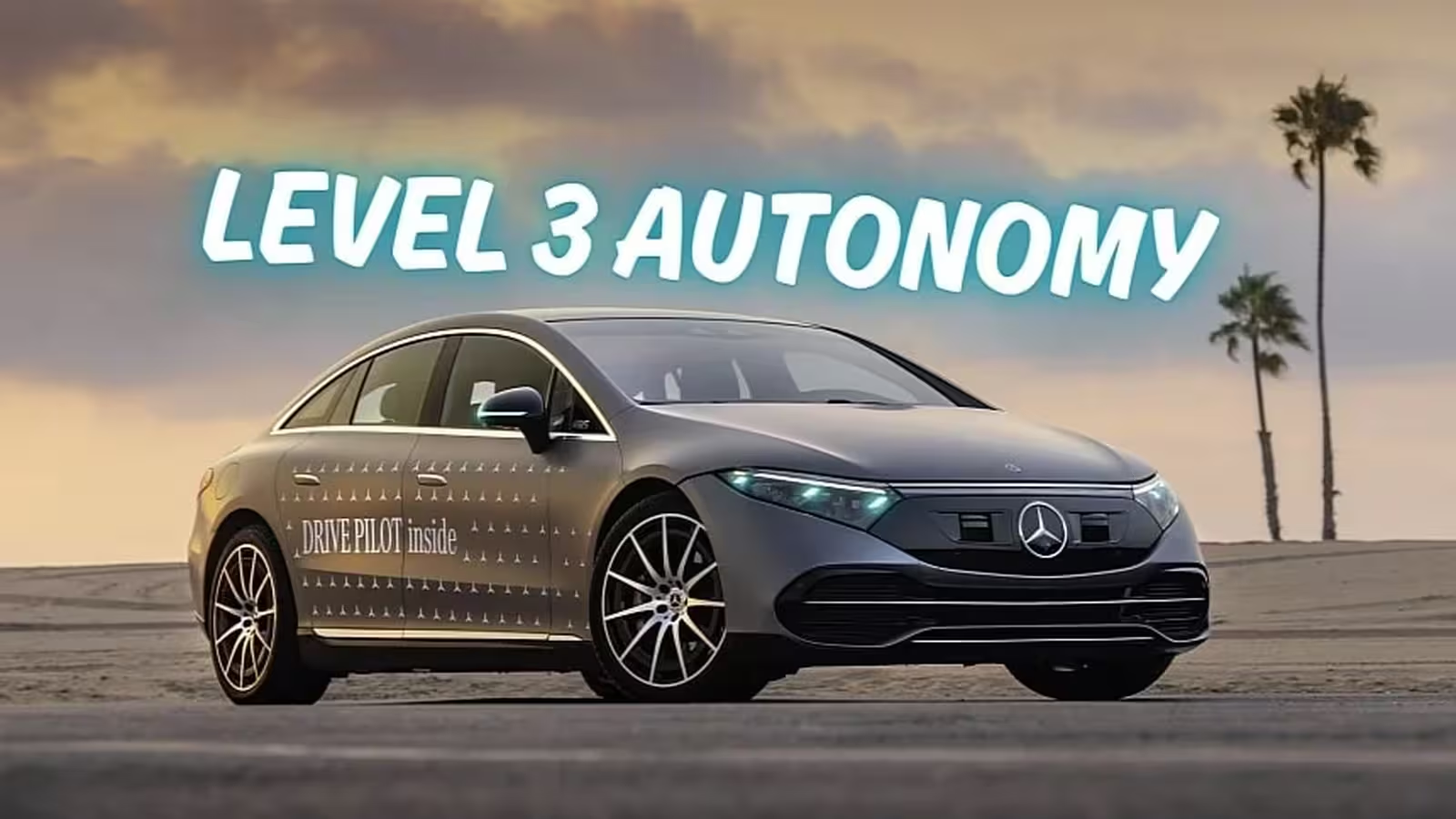
Leave a Comment